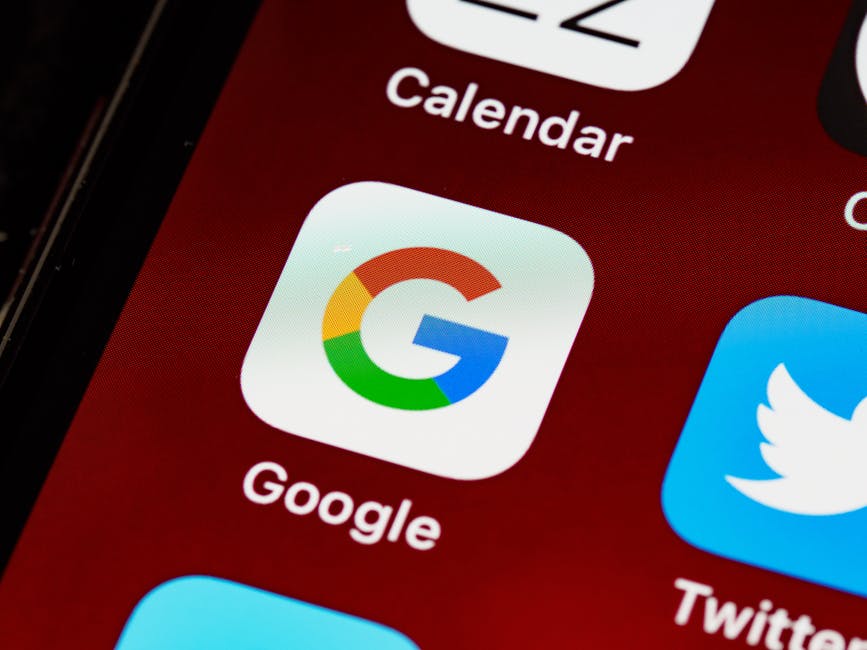Table of Contents
Have you ever launched a Google Ads campaign, eagerly anticipating a flood of new customers, only to find yourself constantly searching “Why don’t I see my Google Ads when I search?” You’re not alone. Many businesses face this frustrating situation. In fact, a recent study showed that nearly 40% of small business owners struggle with visibility issues in their Google Ads campaigns. Let’s dive into why this happens and, more importantly, how to fix it.
It’s natural to expect immediate results after setting up your Google Ads, but the reality is a bit more complex. Several factors influence whether you see your own ads. Let’s break down the common reasons and what you can do about them.
Why Your Google Ads Might Be Invisible to You
One of the most common questions advertisers ask is: “Why don’t I see my Google Ads when I search?” Here’s a detailed look at the reasons:
Targeting Limitations: Your ads are designed to reach a specific audience based on location, demographics, interests, and more. If your search doesn’t fall within these parameters, your ad won’t appear. For example, if your campaign is targeting users in New York City, and you are searching from Los Angeles, you won’t see it.
Bidding Issues:Google Ads operates on an auction system. If your bid is too low compared to your competitors, your ad may not win the auction and, therefore, won’t be displayed. Also, budget limitations could prevent your ad from showing throughout the day.
Keyword Relevance: The keywords you’ve selected must be highly relevant to your search query. If your search term doesn’t closely match your keywords, Google may not deem your ad relevant enough to show. For example, if you’re bidding on “red running shoes” but searching for “sneakers,” your ad might not appear.
Ad Scheduling: Your ads may only be scheduled to run during specific times of the day or days of the week. If you are searching outside of these scheduled times, you won’t see them.
Frequency Capping: Google uses frequency capping to limit the number of times a user sees your ad. This prevents users from being overwhelmed by your ads. If you’ve already seen your ad multiple times, Google might stop showing it to you temporarily.
Location: Google uses your IP address and other location data to show you ads that are relevant to your area. If your campaign is targeting a specific region, it won’t appear if your current location is outside of that target.
Personalization: Google considers your past search history and browsing behavior to personalize the ads you see. If your profile doesn’t align with the targeting criteria, your ad may not be shown.
Ad Status and Approvals:Google Ads must be approved by Google before they can start running. If your ad is still under review, disapproved, or paused, it won’t show up in search results.
IP Exclusion: You or someone else with access to your account may have accidentally excluded your IP address from seeing your ads.
How to Actually See Your Google Ads
Instead of constantly searching on Google, which can skew your data and even lower your Quality Score, use these methods to verify your ad’s visibility:
1. Ad Preview and Diagnosis Tool: This tool lets you simulate Google searches without actually triggering an ad impression. You can input your keywords and location to see if your ad appears and understand why it might not. This is the safest and most reliable method.
2. Ad Status Column: Within your Google Ads account, check the “Status” column for each ad. This column tells you if your ad is eligible, approved, or disapproved, along with reasons for any issues.
3. Segmentation: Use segmentation in your Google Ads interface to analyze your campaign performance by different dimensions, such as time, location, and device. This can help you identify when and where your ads are showing.
4. Location Settings: Double-check your location targeting settings. Ensure you are targeting the correct regions and that your location settings are not too restrictive.
5. Keyword Targeting: Review your keyword list and match types. Make sure your keywords are relevant and that your match types (broad, phrase, exact) are appropriate for your targeting strategy.
6. Bidding Strategy: Analyze your bidding strategy. Are you using manual bidding, automated bidding, or a specific target CPA? Adjust your bids to be competitive within your market.
Common Mistakes That Hide Your Ads
Even seasoned advertisers can make mistakes that prevent their ads from showing. Avoid these common pitfalls:
Overly Narrow Targeting: While precise targeting is important, being too restrictive can limit your reach. Review your location, demographic, and interest targeting to ensure you’re not excluding potential customers.
Negative Keywords: Be cautious when using negative keywords, as they can inadvertently block your ads from appearing for relevant searches. Regularly review your negative keyword list and remove any terms that might be hindering your visibility.
Ignoring Quality Score: Quality Score is a metric that measures the relevance and quality of your ads and keywords. A low Quality Score can lead to higher costs and lower ad rankings. Improve your Quality Score by optimizing your ad copy, landing pages, and keyword relevance.
Landing Page Experience: A poor landing page experience can negatively impact your ad performance. Ensure your landing page is relevant, easy to navigate, and provides valuable information to users.
Not Monitoring Ad Performance: Regularly monitor your Google Ads performance to identify any issues or areas for improvement. Pay attention to metrics such as click-through rate (CTR), conversion rate, and cost per acquisition (CPA).
Expert Insights
Here are some expert tips to maximize your Google Ads visibility:
Use Remarketing: Remarketing allows you to target users who have previously interacted with your website. By showing ads to these users, you can increase brand awareness and drive conversions.
Experiment with Ad Extensions: Ad extensions provide additional information about your business, such as your phone number, location, or website links. Using ad extensions can improve your ad’s visibility and click-through rate.
A/B Test Your Ads: Continuously test different ad copy, headlines, and calls to action to identify what resonates best with your audience. Use A/B testing to optimize your ads for maximum performance.
Stay Updated with Google Ads Policies: Google’s advertising policies are constantly evolving. Stay informed about any changes to ensure your ads comply with the latest guidelines.
Leverage Audience Insights: Use Google Ads‘ audience insights to understand your target audience better. This information can help you refine your targeting and create more effective ads.
Key Takeaways
Don’t rely on manual searches to check your ad visibility. Use the Ad Preview and Diagnosis Tool.
Check your targeting, bidding, and keyword relevance regularly.
Avoid overly restrictive targeting and negative keywords.
Monitor your ad performance and make adjustments as needed.
Stay informed about Google Ads policies and best practices.
FAQ
Why don’t I see my Google Ads when I search?
There could be several reasons: your search might fall outside your targeting parameters (location, demographics), your bid might be too low, your keywords might not be relevant enough, your ad might be scheduled for different times, or you might have frequency capping enabled. Also, personalization settings on your Google account could be affecting what ads you see. Additionally, you may have accidentally excluded your IP address from seeing your ads.
How can I check if my Google Ads are running?
Use the Ad Preview and Diagnosis Tool in Google Ads. It simulates searches without triggering ad impressions, allowing you to see if your ad appears and why.
What is the Ad Preview and Diagnosis Tool?
It’s a tool within Google Ads that lets you simulate searches to see if your ad appears and understand why or why not. It helps you troubleshoot ad visibility issues without affecting your ad performance data.
My ads are approved, but I still don’t see them. What’s wrong?
Even if approved, your ads might not show due to low bids, irrelevant keywords, overly narrow targeting, or scheduling limitations. Review these settings to ensure they align with your goals.
How often should I check my Google Ads performance?
Ideally, you should check your Google Ads performance at least once a week, if not more frequently, to identify any issues or areas for improvement. Daily monitoring is recommended for campaigns with high budgets or critical performance goals.
Recommendations and Next Steps
Effectively managing Google Ads requires consistent effort and attention to detail. Use the strategies and insights outlined above to optimize your campaigns for maximum visibility and performance. For further learning, consider exploring resources like Google Ads Help or industry blogs such as Search Engine Land. This article on Search Engine Land, offers tips on improving your click-through rates and driving more traffic to your website. Also, this article from WordStream, provides a good overview of how to optimize your Google Ads campaigns for success.
Are you still struggling to see your Google Ads? Don’t hesitate to seek professional help. A certified Google Ads expert can provide personalized guidance and support to optimize your campaigns for success. Schedule a consultation today and take your Google Ads to the next level!



